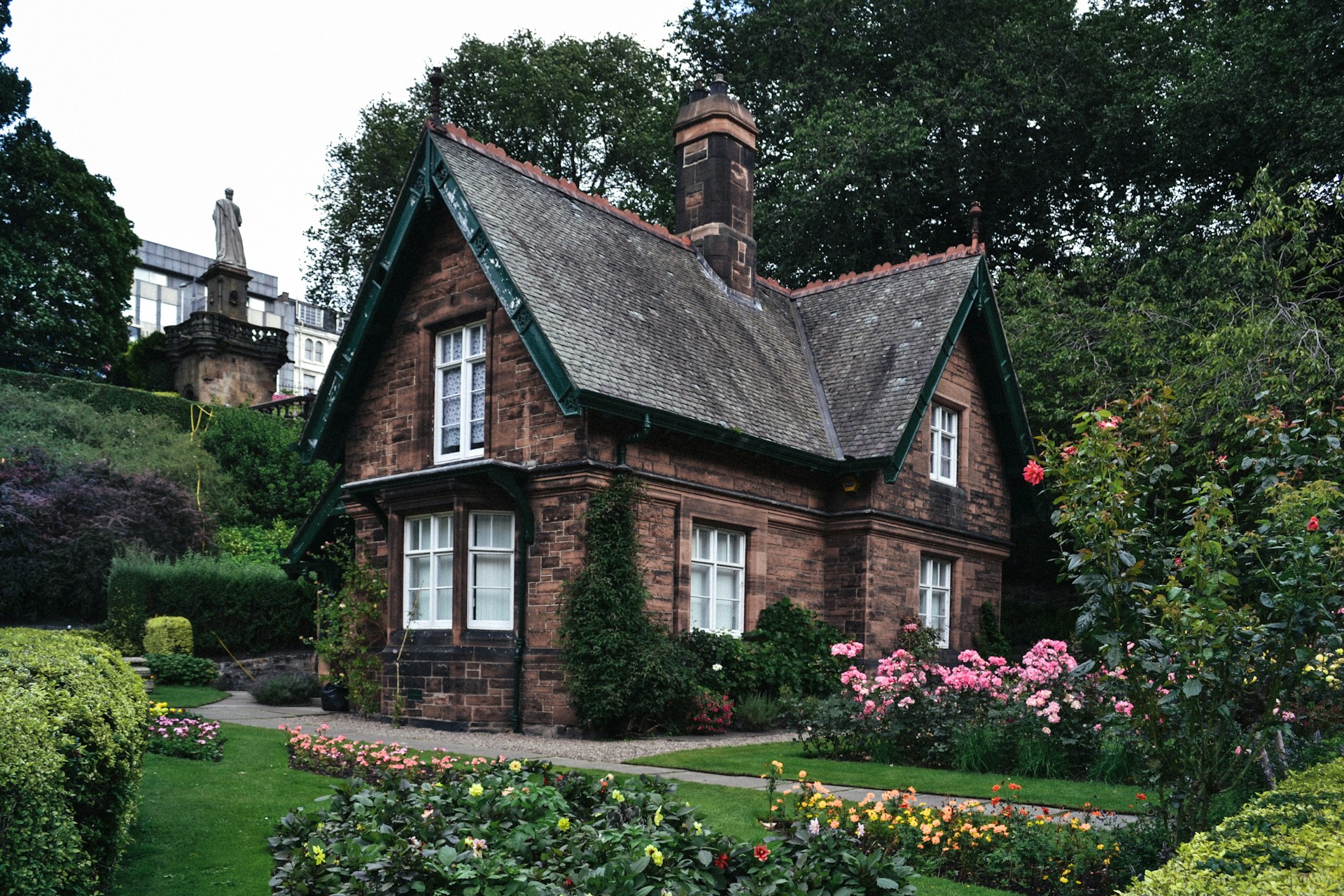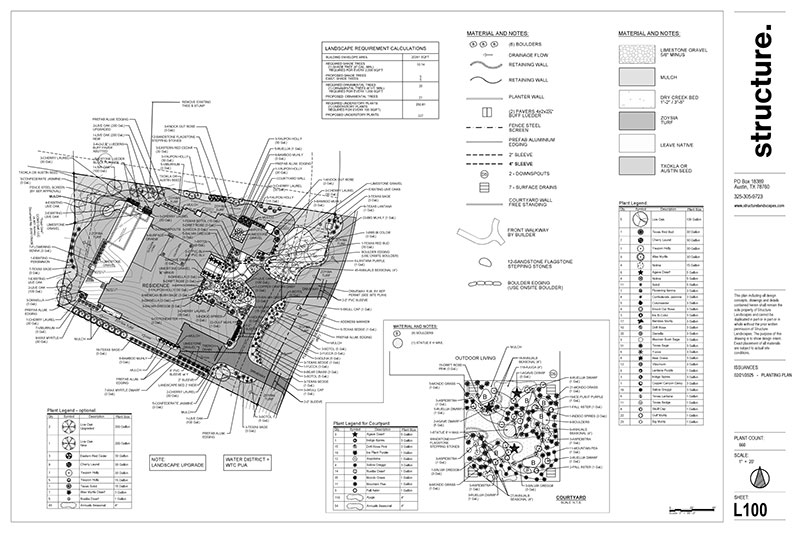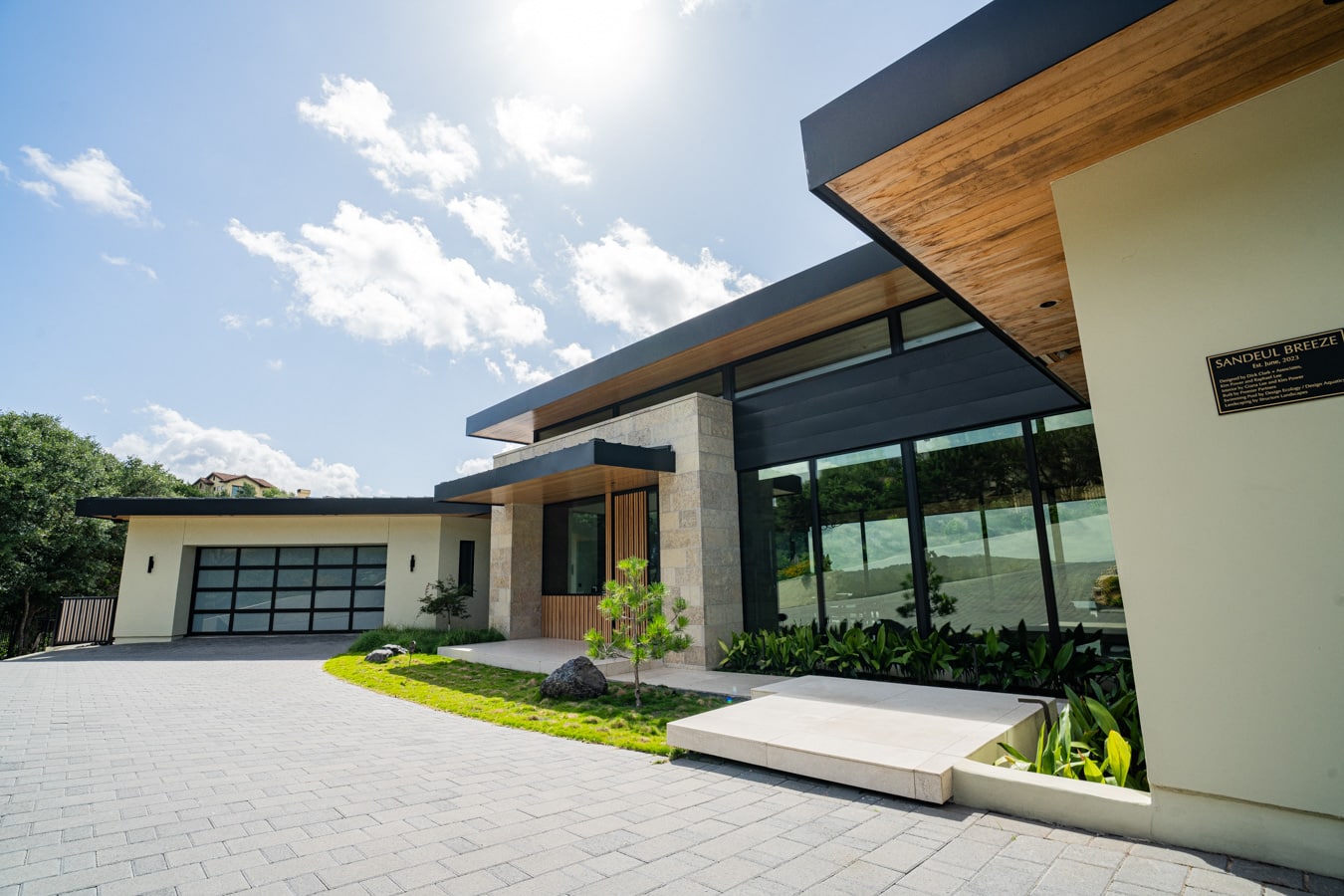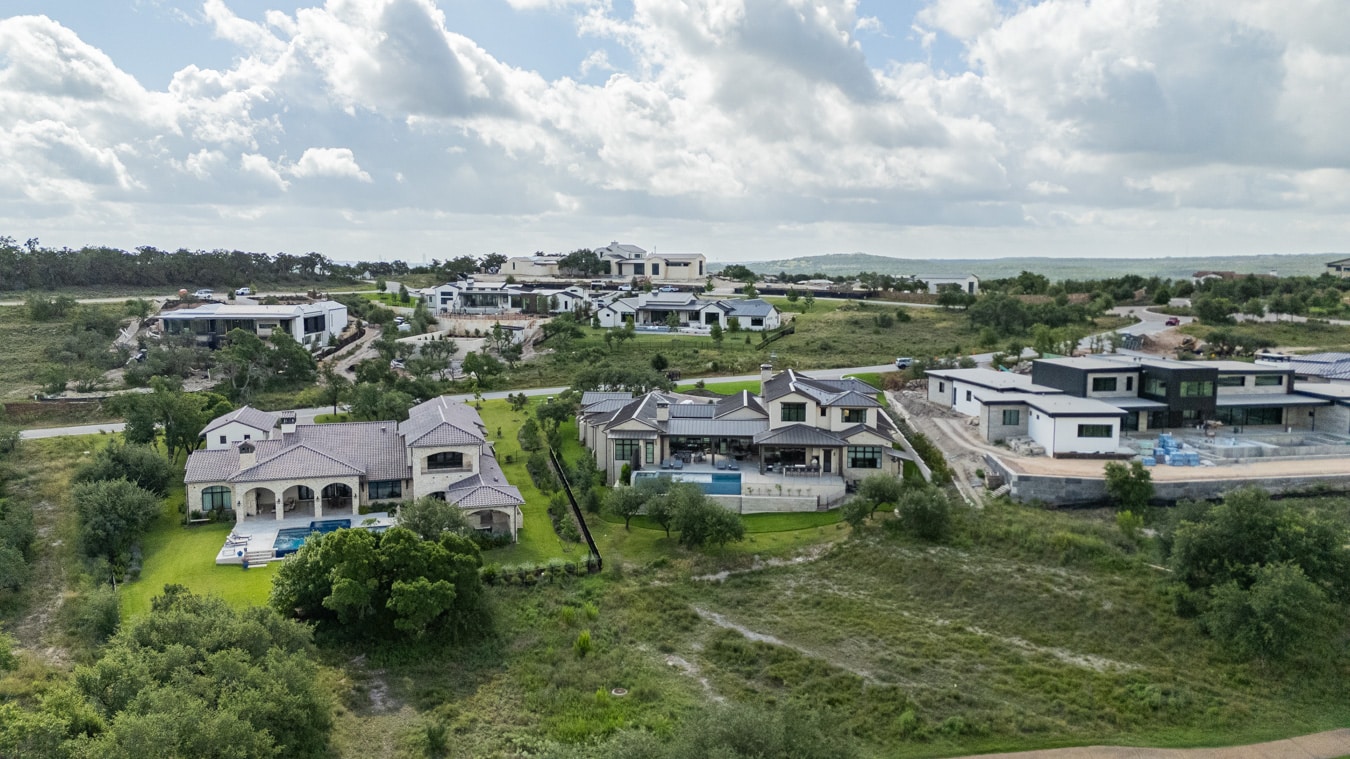Landscape construction is a vital aspect of creating functional and aesthetically pleasing outdoor spaces. It involves various projects aimed at enhancing the environment around your home or business. Understanding the importance of professional landscape construction can transform your vision into reality, ensuring that the final result meets your needs and expectations.
From residential gardens to commercial properties, the right landscape construction can elevate the appeal and usability of any space. By collaborating with our experienced architects, you can navigate the complexities of design, materials, and implementation for various projects.
Investing in landscape construction means prioritizing long-term benefits, such as increased property value and enhanced outdoor experiences. Whether you want to create a peaceful retreat or an inviting gathering space, the right approach will help you achieve a harmonious balance between nature and design.
Understanding Landscape Construction
Landscape construction involves various aspects that contribute to the creation of outdoor environments. You will find distinct contrasts between hardscape and softscape, the essential role of design, and the significance of sustainable solutions in modern landscaping.
Difference Between Hardscape and Softscape
Hardscape refers to the non-plant elements of landscape construction, including structures such as patios, walkways, retaining walls, and water features. These features provide functionality and form to your outdoor space.
Softscape, on the other hand, encompasses the living elements, including plants, trees, flowers, and soil. The combination of hardscape and softscape creates a balanced environment that meets your aesthetic and functional needs.
Understanding the interplay between these two components can help you make informed decisions in your landscape design, ensuring that each part complements the other effectively.
The Role of Design in Landscape Construction
Design plays a critical role in landscape construction. It starts with defining the purpose of your outdoor space, which could be recreational, aesthetic, or practical. Design principles such as unity, balance, and proportion guide you in creating a visually appealing environment.
You should also consider factors like the climate, soil quality, and accessibility when designing your landscape. This comprehensive approach ensures that the constructed elements fit seamlessly with natural features, optimizing the functionality of your space.
Collaboration with professional design services can enhance your project, providing technical expertise and creativity to realize your vision.
Importance of Sustainability in Landscaping
Sustainability is increasingly vital in landscape construction. By choosing sustainable solutions, you can reduce environmental impact and promote biodiversity in your outdoor space.
Incorporate native plant species that are well-adapted to your local climate. This reduces the need for excessive watering and maintenance. Use permeable materials in hardscape projects to allow water infiltration, which can minimize runoff.
Implementing eco-friendly practices not only conserves resources but also adds long-term value to your property, creating a thriving habitat that benefits both the environment and your community.
Planning and Design Process
The planning and design process is essential for creating an appealing outdoor living space that reflects your style. This involves several steps, including initial consultations, detailed designs, and careful selection of materials and plants.
Initial Consultation and Conceptualization
During the initial consultation, you discuss your vision with a landscape professional. This is your opportunity to convey your ideas, preferences, and the intended use of the space. Questions might include:
- What styles resonate with you?
- Are there specific features you want, such as a patio or garden?
The professional will assess the site, noting elements like sunlight, soil type, and existing structures. This analysis helps in creating a conceptual design. You will receive sketches or renderings, which can evolve based on your feedback. This collaboration ensures that the landscape will be tailored to your needs while paying attention to detail.
Creating Detailed Landscape Designs
Once the concept is finalized, you move on to creating detailed landscape designs. This stage includes drafting precise plans that show the layout of your outdoor space. You will see specifications for:
- Hardscaping elements like paths, patios, and walls.
- Plant placement for optimal growth and visual appeal.
This phase is critical since it translates your vision into actionable diagrams. You can review and suggest modifications prior to finalizing the designs. This attention to detail helps in avoiding potential issues during construction.
Selection of Materials and Plants
Choosing the right materials and plants enhances both the durability and aesthetics of your landscape. You’ll select from a variety of options such as:
- Hardscape materials: stone, pavers, or wood for patios and walkways.
- Plants: shrubs, trees, and flowers that fit the climate and soil conditions.
Consult your landscape professional to understand the maintenance needs and growth patterns of your selections. Prioritize materials that complement your home’s architecture and reflect your style. This thoughtful selection will contribute to a cohesive, functional outdoor living space.
Landscape Construction Services
Landscape construction services encompass a variety of offerings tailored to enhance outdoor spaces. Your options include residential and commercial construction, as well as the creation of outdoor living areas that combine functionality with aesthetic appeal.
Residential Landscape Construction
In residential landscape construction, you can expect services that transform your home’s exterior. This includes installation of softscape elements like trees, shrubs, and flowers, alongside hardscaping features such as patios, walkways, and retaining walls.
A well-planned landscape can improve your home’s value and curb appeal. You may also want to consider fencing for added privacy and security. Top-notch residential services often include irrigation systems to ensure optimal water management for your plants, contributing to a sustainable landscape.
Commercial Landscape Construction
Commercial landscape construction services focus on creating professional outdoor environments for businesses. You’ll find that these projects prioritize both functionality and durability.
Common features include well-designed parking lots, pathways, and seating areas that enhance the visitor experience. Implementation of erosion control measures and native plant selections can optimize maintenance while appealing to environmental sustainability. Commercial services often offer comprehensive irrigation solutions tailored for larger areas to keep landscapes thriving all year-round.
Outdoor Living Spaces and Features
Outdoor living spaces have gained popularity for enhancing recreational areas. Your options range from patios and decks to outdoor kitchens and fire pits.
Incorporating these features adds value and expands usable space. Quality construction focuses on the integration of hardscaping and softscape elements for aesthetic balance. For convenience, adding lighting and effective landscape irrigation will enhance usability during all seasons and times of day, making your outdoor area a desirable retreat.
Quality Assurance and Control
Quality assurance in landscape construction is non-negotiable. To maintain high standards, you should establish clear guidelines for every phase of the project. This includes the selection of materials and techniques suited for landscape durability and aesthetics.
Regular inspections throughout the project are necessary to ensure adherence to these standards. You should hold team meetings to discuss any deviations and implement corrective measures promptly.
Timeline and Budget Management
Effective timeline and budget management are critical to successful landscape construction. You should create a detailed project timeline, breaking tasks into manageable phases. Regularly review progress against this timeline to identify any delays early.
Budget management entails meticulous tracking of expenditures against the allocated budget. You should categorize costs, separating labor, materials, and contingency funds to monitor financial health accurately.
Incorporating buffer times into your schedule can cushion against unforeseen delays.
Materials and Features for Construction
Selecting the proper materials and integrating specific features are essential in landscape construction. You need to consider durability, aesthetics, and functionality in your choices to create a harmonious outdoor space.
Choosing the Right Materials
When it comes to material selection, consider pavers, concrete, and natural stone for pathways and patios. Pavers are versatile and come in various colors and shapes, allowing for creative designs. Concrete is durable and can be stamped or dyed, offering numerous aesthetic options.
Wood is an excellent choice for fencing and other structures. It provides a natural look and can be stained or painted for custom finishes. Retaining walls can be built using modular blocks or natural stone, depending on the desired style and height.
Don’t forget about the role of trees and shrubs in your design. Using native species can enhance the ecosystem and reduce maintenance.
Incorporating Special Features
Special features like fire pits and water features can elevate your landscape’s functionality and aesthetic appeal. Fire pits provide warmth and ambience, creating gathering spots for family and friends. Choose materials that can withstand heat, such as stone or metal.
For water features, consider options like fountains or small ponds. These can add tranquility and attract wildlife. Ensure that the materials used can handle moisture and fluctuating temperatures.
When integrating plants around these features, select varieties that thrive in moist or dry conditions based on your design. This approach will create a cohesive outdoor environment that harmonizes with the elements.
Installation Techniques
Effective landscape construction requires the right installation techniques for both hardscape and softscape elements. Understanding these methods ensures durability and aesthetic appeal in your outdoor spaces.
Hardscape Elements Installation
When installing hardscape features like walkways, you need to start with proper site preparation. Clear the area of debris and ensure proper drainage to prevent future issues.
For pavers, use a compacted base layer of gravel, followed by sand. Lay the pavers in your desired pattern, keeping them level and aligned.
After placement, fill joints with sand to enhance stability. Consider using edging materials to define borders, which provides a clean finish and prevents shifting over time.
Softscape Elements Installation
Softscape installation focuses on living elements like sod, grass, and plants. Begin with soil preparation; test pH levels and amend soil as needed to promote healthy growth.
For sod laydown, roll out strips in a staggered pattern to avoid seams. Water thoroughly immediately after installation. For grass seeding, choose the right seed blend for your climate, and follow specific seeding rates for best results.
When planting shrubs, dig a hole twice as wide as the root ball and amend the soil. Position the shrub at the right depth and backfill with soil. Water regularly to ensure establishment.
Maintaining Landscapes
Proper maintenance of landscapes is essential for ensuring healthy growth and a visually appealing outdoor environment. Key aspects include effective irrigation systems and ongoing seasonal care.
Irrigation Systems and Water Management
Efficient irrigation systems are vital for preserving water and promoting the health of your landscape. Consider implementing drip irrigation or soaker hoses to minimize water wastage.
- Installation: Choose a layout that covers all plant types, including sod and grass areas.
- Timers: Use automatic timers to set specific watering schedules, ensuring plants receive the right amount of water throughout the day.
Water conservation is crucial, especially during dry seasons. Implement rain barrels to collect runoff and provide supplementary water. Additionally, regularly check your irrigation system for leaks and clogs to maximize efficiency.
Seasonal Care and Long-term Upkeep
Seasonal care helps maintain your landscape’s health throughout the year. During spring, focus on fertilization and seeding to encourage growth. In summer, monitor your plants for signs of drought stress and pests.
For fall and winter preparation, consider these steps:
- Mulching: Apply mulch to retain moisture and regulate soil temperature.
- Cutting Back: Prune perennials and remove dead foliage to promote new growth in spring.
Long-term upkeep involves regular inspections. Assess your landscape for any plant diseases or infestations. Keeping detailed records of your maintenance activities can help identify trends and inform future care decisions.
Frequently Asked Questions
In this section, you will find answers to common inquiries related to landscape construction. Topics include job duties, project processes, qualifications, service offerings, contractor considerations, and the distinction between landscape construction and maintenance.
What are typical duties listed in a landscape construction laborer job description?
A landscape construction laborer is usually responsible for tasks like planting, grading, and installing hardscape features. They may also assist with the operation of machinery and ensure job sites are kept clean and safe. Additionally, following project plans and collaborating with team members is common.
How does the landscaping construction process typically unfold for a new project?
The landscaping construction process begins with initial consultations and site assessments. Following that, detailed plans are created, and materials are sourced. The actual installation then takes place, which includes ground preparation, planting, and building hardscapes, before final inspections and adjustments occur.
What qualifications are needed to work in landscape construction jobs?
Qualifications can vary, but often include a high school diploma or equivalent. Some positions may require specific certifications, especially for operating machinery. Experience in manual labor, horticulture, or construction is typically preferred as well.
Which types of services do landscape construction companies commonly offer?
Landscape construction companies often provide services including landscape design, hardscaping, irrigation installation, and planting. They may also offer lighting installation and erosion control solutions. Each company may have its specializations based on expertise and client needs.
What considerations should be taken into account when choosing a landscape construction contractor?
When selecting a contractor, consider their experience, licensing, and portfolio of past work. Checking client reviews and references is essential to gauge reliability. Additionally, obtaining detailed estimates and understanding timelines can help you make an informed decision.
How do landscape construction and landscape maintenance differ?
Landscape construction focuses on the installation of features and structures in outdoor spaces. This involves design, building, and planting. In contrast, landscape maintenance involves the ongoing care and upkeep of these spaces, including mowing, pruning, and fertilizing to enhance their longevity and appearance.
At Structure Landscapes, we specialize in providing the highest quality landscape design in Austin, TX tailored to your needs. To learn more about our landscape design services or to arrange your first design consultation, give our team a call here at (512) 461-0290, and we’ll give you all the information you need!





